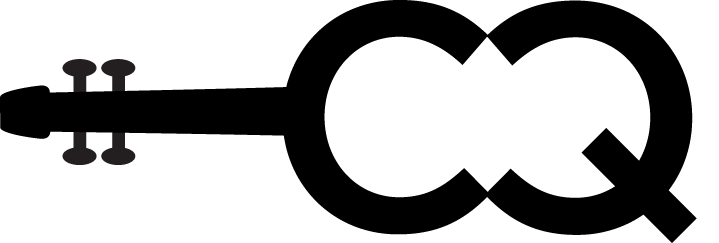Since its founding in 1965, the Ciompi Quartet of Duke University has delighted audiences and impressed critics around the world. All its members are professors at Duke, where they teach instrumental lessons, coordinate and coach chamber music, and perform across campus in concert halls, libraries, dormitories and classrooms. In a career that spans five continents and includes many hundreds of concerts, the Ciompi Quartet has developed a reputation for performances of real intelligence and musical sophistication, with a warm, unified sound that allows each player’s individual voice to emerge.


“From beginning to end the playing sounded intelligent and sure, sofened at the edges with a full and mellow tone.”
The New York Times
Their music, full of passion, yet with pure and beautiful tone color, intoxicated the listener.
Wen Hui, Shanghai
The whole evening was a work of art, of technical brilliance, of careful, sensitive ensemble playing.
Osnabrucker Zeitung, Germany
Footer
The Summer Chamber Series Returns

The summer of 2024 will be a summer of chamber music not to be forgotten when Ciompi Presents once again fills the chamber music niche with vibrant artistry. This three-concert series never fails to delight audiences when the musicians share the inspirational creativity of master composers. Nationally and internationally recognized guest artists will join Ciompi musicians – violist Jonathan Bagg, violinist Eric Pritchard and cellist Caroline Stinson – in these celebratory evenings filled with creativity, conviviality and superb artistry. Join us for Ciompi Presents 2024 Summer Chamber Music Series at Duke Gardens AND Baldwin Auditorium.
Purchase tickets beginning Thursday May 2, 2024. Subscriptions are $60. Single tickets are $25 General Public; Non-Duke Students/Duke Employees $20; Youth/Duke students $10. Tickets may be purchased online at tickets.duke.edu or at the Duke University Box Office, Bryan Center, Upper Level. The box office is open Tuesday-Friday, 11am-4pm, or you may call 919-684-4444. The box office accepts cash, check, credit cards and Duke Card FLEX payments.
All Concerts begin at 7:00pm. The concerts will be presented at Kirby Horton Hall in the Doris Duke Center at Sarah P. Duke Gardens, and at Baldwin Auditorium, Duke East Campus. Call 919-684-3698 for directions to the Gardens and 919-684-4444 for directions to Baldwin.
Ciompi Presents is sponsored by the Department of Music, Sarah P. Duke Gardens, and the Ciompi Quartet Fund.

